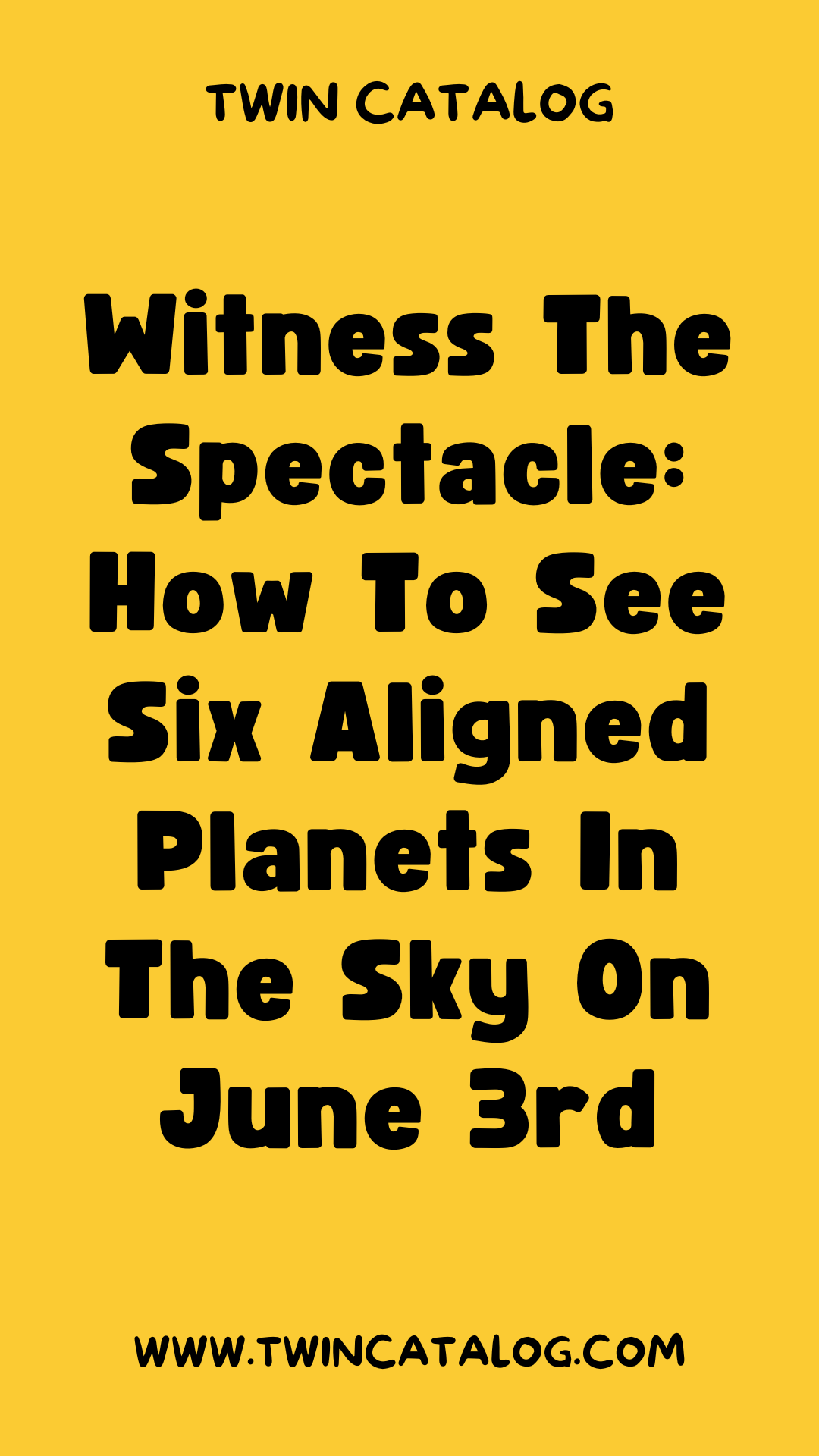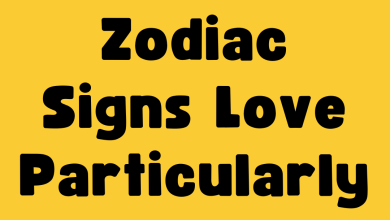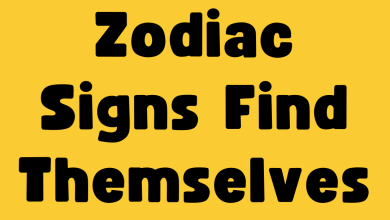Witness The Spectacle: How To See Six Aligned Planets In The Sky On June 3rd

On June 3, 2024, stargazers and astronomy enthusiasts are in for a celestial treat. Six planets—Mercury, Venus, Mars, Jupiter, Saturn, and Uranus—will align in the night sky, creating a spectacular display. This rare alignment provides a unique opportunity to observe multiple planets in a single evening. Here’s everything you need to know to witness this astronomical event.
The Planetary Line-Up
Planetary alignments occur when planets appear to line up in the sky from our viewpoint on Earth. On June 3, the alignment of Mercury, Venus, Mars, Jupiter, Saturn, and Uranus will be visible, offering a stunning view for observers with clear skies and a good vantage point.
- Mercury: The closest planet to the Sun, Mercury will be visible just after sunset.
- Venus: Known as the “Evening Star,” Venus will shine brightly near Mercury.
- Mars: The Red Planet will be visible in the western sky, appearing as a reddish dot.
- Jupiter: The largest planet in our solar system, Jupiter will be prominent in the southeast.
- Saturn: Look for Saturn in the southern sky, distinguishable by its golden hue.
- Uranus: Uranus will be more challenging to spot without binoculars or a telescope, but it will be located near Jupiter.
Best Viewing Times
To make the most of this celestial event, timing is crucial. The best time to observe the alignment is shortly after sunset, when the sky is darkening but the planets are still high enough above the horizon to be seen clearly.
- Twilight Viewing: Start your observation just after sunset. The alignment will be visible for a few hours, with the best views occurring between 8 PM and 10 PM local time.
- Eastern and Southern Horizons: Focus on the eastern and southern horizons, where most of the planets will be located.
Finding the Perfect Spot
Choosing the right location is essential for a successful stargazing experience. Here are some tips for finding the perfect spot to observe the planetary alignment:
- Avoid Light Pollution: Seek out a location away from city lights. Rural areas, parks, and open fields are ideal for minimizing light pollution.
- Clear Skies: Check the weather forecast for clear skies on June 3. Cloud cover can obstruct your view, so aim for a night with minimal cloudiness.
- Elevated Viewpoint: Higher elevations, such as hills or rooftops, provide a better vantage point for observing the alignment.
Equipment and Preparation
While some of the planets will be visible to the naked eye, using binoculars or a telescope can enhance your viewing experience. Here’s what you need:
- Binoculars: A good pair of binoculars can help you see Mercury and Uranus, which might be faint to the naked eye.
- Telescope: For a closer look at the planets, especially Uranus and the details of Jupiter and Saturn, a telescope is recommended.
- Star Charts and Apps: Use star charts or mobile apps like SkyView, Star Walk, or Stellarium to help locate and identify the planets in the sky.
Tips for Successful Stargazing
Here are some additional tips to ensure a successful and enjoyable stargazing experience:
- Arrive Early: Get to your chosen spot before sunset to set up your equipment and get acclimated to the surroundings.
- Dress Warmly: Even in June, nights can be chilly. Dress in layers and bring a blanket or chair for comfort.
- Stay Patient: Stargazing requires patience. Take your time to let your eyes adjust to the dark and enjoy the experience.
- Invite Friends: Stargazing can be a fun group activity. Invite friends or family to join you and share the wonder of the night sky.
The Significance of Planetary Alignments
Planetary alignments are not just visually spectacular; they also hold scientific and cultural significance. Historically, such events have been observed and recorded by civilizations worldwide, often inspiring myths and legends. In modern times, planetary alignments provide valuable opportunities for astronomers to study the dynamics of our solar system.
Conclusion
The alignment of six planets on June 3, 2024, is an event not to be missed. With the right preparation and equipment, you can witness this rare celestial phenomenon and marvel at the beauty of our solar system. Whether you’re a seasoned astronomer or a casual stargazer, this planetary alignment promises to be a memorable experience.






